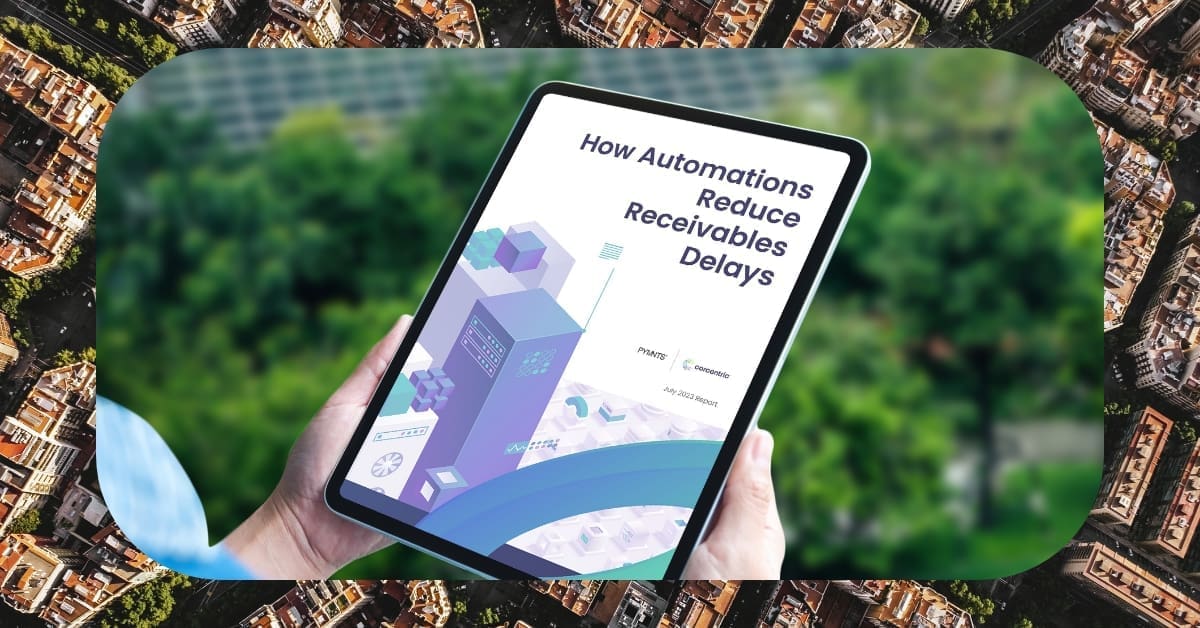Securing Managed Services With Healthcare Procurement Solutions: A Comprehensive Guide
Corcentric

HEALTHCARE PROCUREMENT SOLUTION
As healthcare executive, navigating the world of managed services can be challenge. With healthcare procurement solutions, tracking services, managing costs, and staying ahead of new changes in the industry no longer needs to be obstacle in fact procurement solutions have the potential to be major asset. This comprehensive guide will offer comprehensive breakdown of what healthcare procurement solutions can do for you, from assessing and evaluating suppliers to helping to secure managed services that best suit the changing needs of your healthcare organization.
Step 1: Generate Request for Proposals (RFP)
To attract high-quality potential suppliers for managed services, the first step should be to create an RFP detailing the full scope of services needed and the requirements for any potential vendors. This document should include broad overview of your organization, the services needed, budget information, timeline, and contact information. The document should also provide full disclosure of the services you?re seeking, so that potential suppliers can better understand what they?re getting involved with. This document will eventually be used to solicit bids from suppliers, so be sure to take the time to create detailed and comprehensive RFP.
Step 2: Make List of Potential Suppliers
Once the RFP has been created, the next step in the procurement process is to find potential suppliers who can provide the services your organization needs. Start by listing potential suppliers, and use range of online resources such as online directories, comparison sit is, and professional networks to identify suppliers who can meet the criteria outlined in your RFP. Be sure to look beyond the initial list of potential suppliers, and make sure that your list is extensive and diverse enough to provide variety of bids.
Step 3: Choose Qualified Suppliers
Once you?ve created list of potential suppliers, you can then begin the process of choosing the right supplier or suppliers for the job. When evaluating each potential supplier, be sure to look at combination of factors, including their experience, resources, and price points. Rely on your knowledge and experience to make the best decision, and if necessary bring in third-party consultant to evaluate potential suppliers.
Step 4: Compare Supplier Quotes
Once you have chosen your qualified suppliers, it is time to compare the quotes from each supplier in order to determine which one best suits the current needs of your healthcare organization. Compare prices and specific services against the criteria you outlined in your RFP to ensure you?re getting the best deal for your organization. You can also use comparison tools offered by procurement solutions to quickly and easily compare offers side by side.
Step 5: Negotiate Terms
Once you?ve chosen the winning supplier, you can then begin the process of negotiating the terms of the contract. Review each proposed plan, discuss any areas of disagreement with the supplier, and make sure each of the key areas outlined in your RFP are addressed in the contract. Consider bringing in third-party consultant to act as neutral negotiator and ensure the best deal is reached.
Step 6: Finalize and Sign Contract
Once an agreement has been reached, it is time to prepare the contract for signing. Carefully review the details of the contract, and make sure to add any relevant clauses or legal disclaimers to ensure the contract is as comprehensive as possible. Bear in mind that there may be specific healthcare regulations you need to meet for the contract to be valid, so be sure to factor these into the contract. Once all of the relevant details have been included, the contract can be signed.
Step 7: Monitor Delivery and Performance
Once the suppliers have been chosen and the contracts are in place, it is then down to you to monitor the delivery and performance of the managed services. Evaluate the supplier?s performance against the terms you negotiated and make sure they meet the conditions of the contract. Regularly review how the supplier is performing and make sure any issues can be resolved quickly and efficiently.
Conclusion
Using healthcare procurement solutions can help to make the process of securing managed services smoother and simpler. By following the steps outlined in this guide, healthcare executives are able to identify and assess potential suppliers, compare quotes, negotiate terms, sign contracts and then monitor delivery and performance of the services. By taking the time to assess and evaluate each potential supplier, healthcare organizations can guarantee that the best services are secured at the best price.

